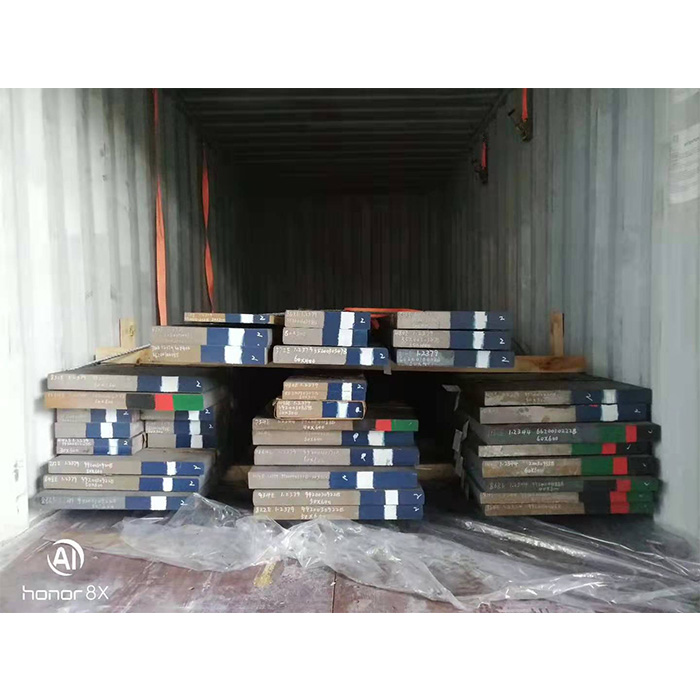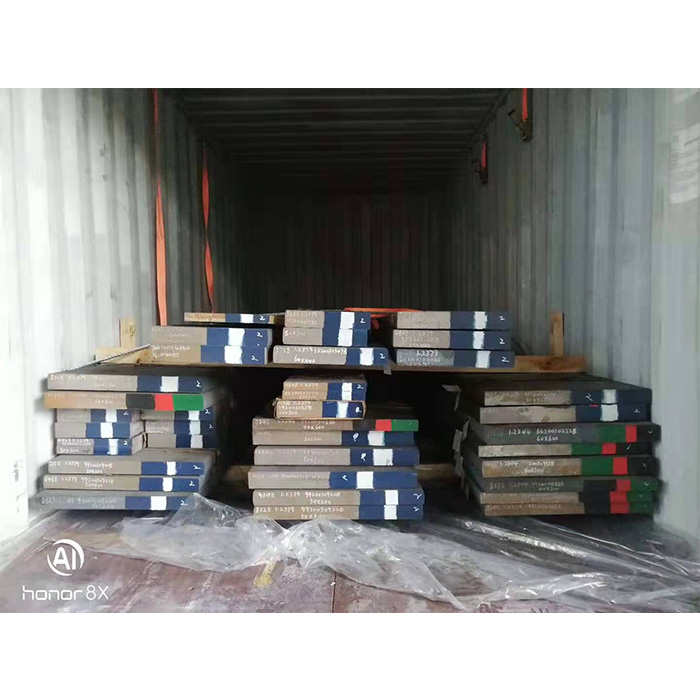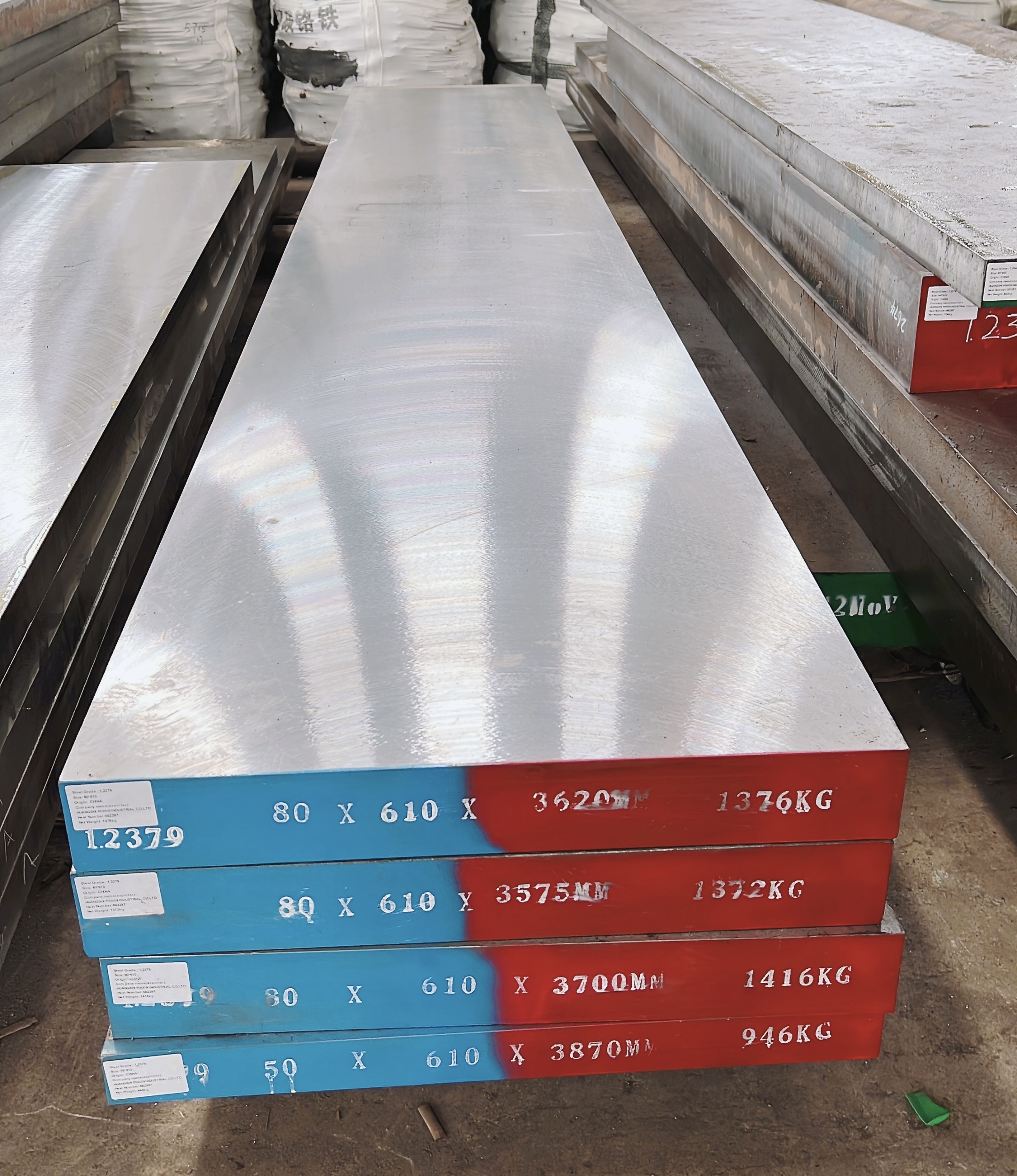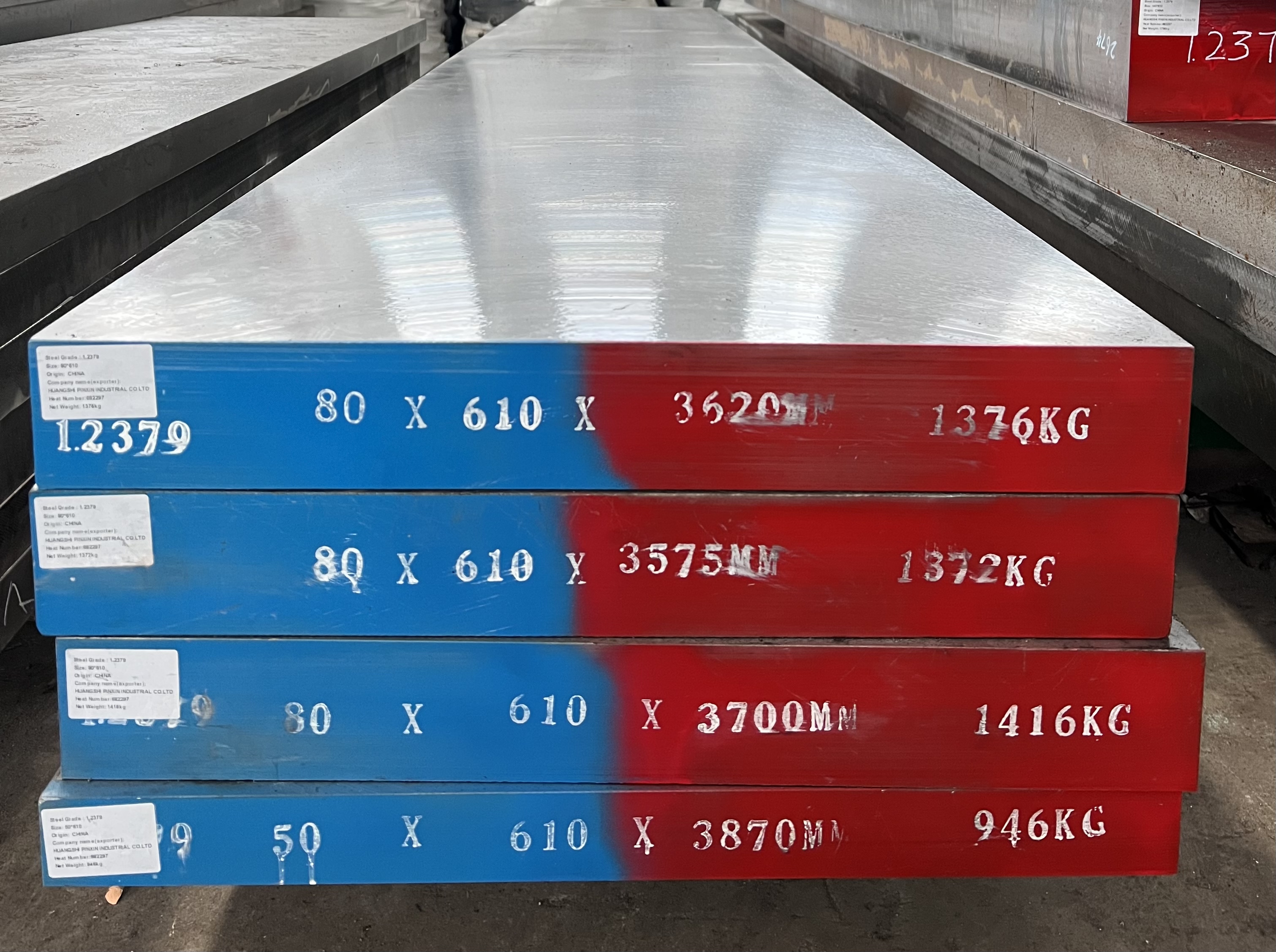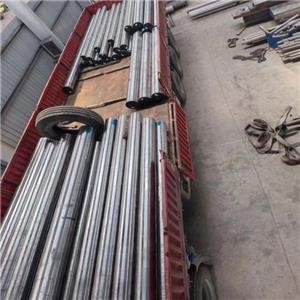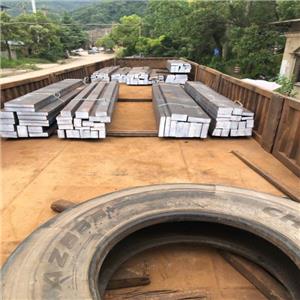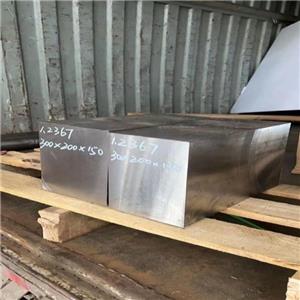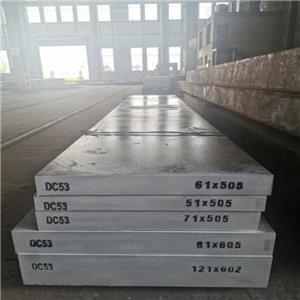Mechanical Structural Carbon Steel

- pinxin
- huangshi
- within20-40days
- 5000 Ton/Tons per Month
C45 steel general purpose medium carbon steel delivered in as rolled condition. It can be further heat treated to achieve specific mechanical properties. The 0.45% carbon content is not favorable for welding. However, it can be weld with appropriate pre and post weld heat treatment. Surface hardness of 57~62 HRC can be achieved with cast hardening to a depth of approximately 1mm. Used for most transmission and motor parts of medium strength. Case hardened parts such as camshafts, gears, rocking levers etc. Simple hand tools and various types of fasteners and fixtures, machinery parts and components with medium stress.
C45 Comparable Standards:
| AISI/SAE | DIN | W.Nr. | AFNOR | JIS | BS | SIAU | GB,YB |
1045 | CK45 | 1.1191 | XC48 | S45C | - | - | 45 |
C45 Chemical Analysis (%):
| C | Mn | Si | Cr | Ni | Mo | P | S |
| 0.42-0.50 | 0.50-0.80 | 0.40 | 0.40 | 0.40 | 0.10 | 0.035 | 0.02-0.04 |
Folding heat treatment
Recommended heat treatment temperature: normalizing 850, quenching 840, tempering 600.
C45 steel is high-quality carbon structural steel, which is not high in hardness and easy to cut. It is commonly used in molds.
Templates, tips, guide posts, etc., subject to heat treatment.
1. The hardness of C45 steel after quenching and before tempering is higher than HRC55 (up to HRC62) is qualified.
The highest hardness in practical application is HRC55 (high-frequency quenching HRC58).
45 steel.
After quenching and tempering, the parts have good comprehensive mechanical properties and are widely used in motorcycles and automobiles, especially those connecting rods, bolts, gears and shafts that work under alternating loads, which have to withstand huge friction during work Strength, quenching is usually used to improve its own hardness, wear resistance and service life.
Folding carburizing treatment
Generally used for heavy-duty parts with wear-resistant surfaces and impact-resistant cores, and its wear resistance is higher than quenched and tempered + surface quenching. The carbon content on the surface is 0.8-1.2%, and the core is generally 0.1-0.25% (0.35% is used in special cases). After heat treatment, the surface can obtain high hardness (HRC58-62), the core hardness is low, and impact resistance.
If C45 steel is used for carburizing, hard and brittle martensite will appear in the core after quenching, and the advantages of carburizing will be lost. At present, the carbon content of the materials using the carburizing process is not high, and the core strength can reach a high level of 0.30%, which is rare in applications. 0.35% have never seen examples, only introduced in textbooks. The process of quenching and tempering + high frequency surface quenching can be used, and the wear resistance is slightly worse than that of carburizing.
